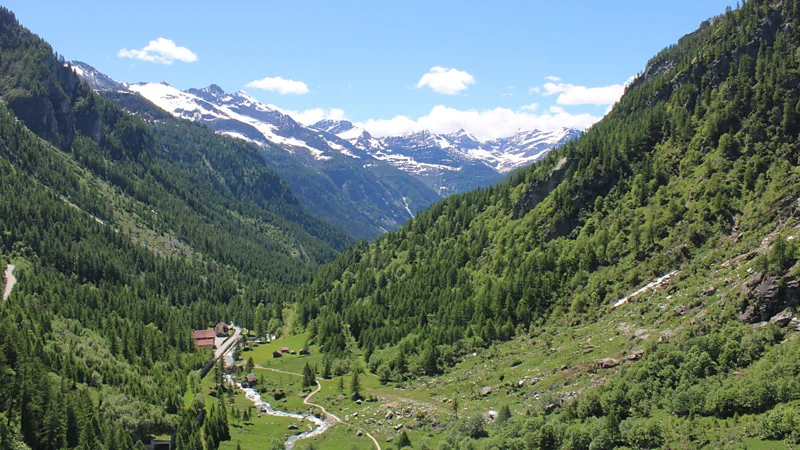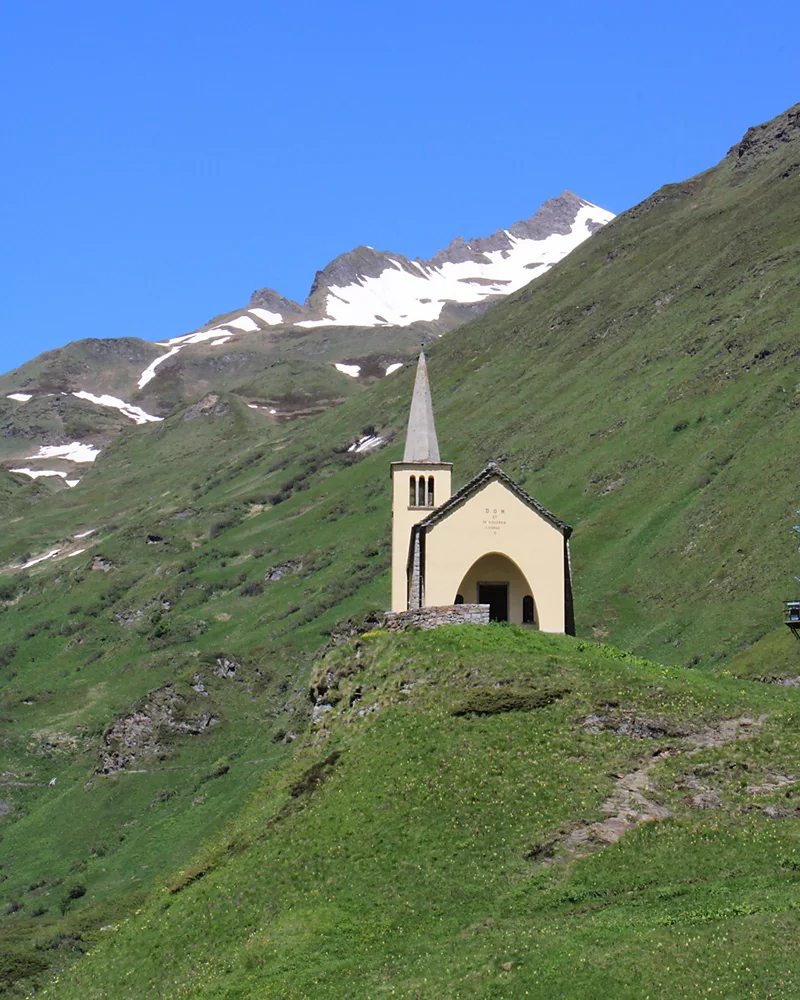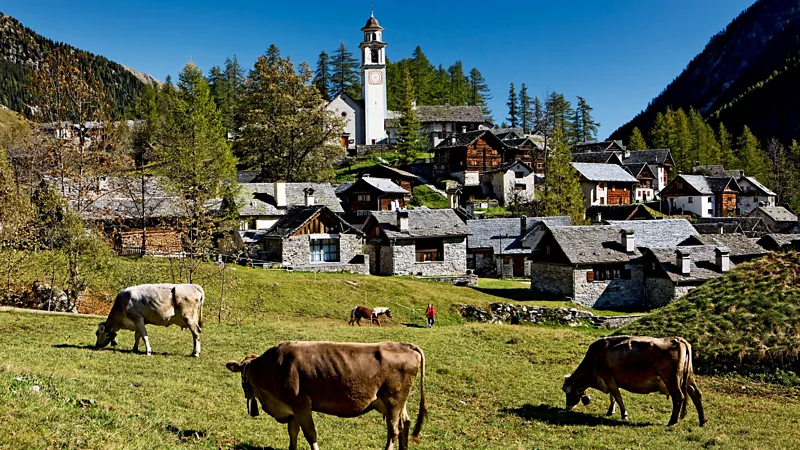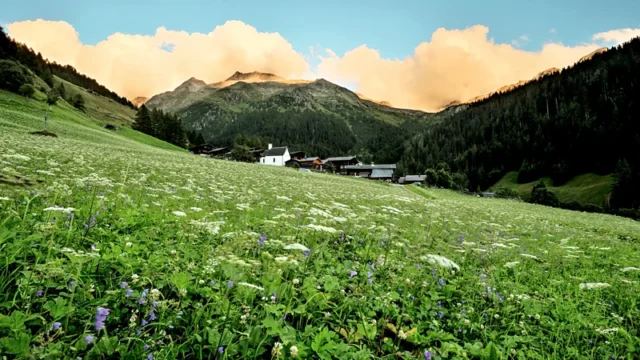Introduction
The Walserweg Gottardo is a newly inaugurated 210km hiking trail that stretches across the High Alps of Switzerland and Italy. This trail not only offers breathtaking natural scenery but also delves into the intriguing history of the Walser people, a lesser-known community whose migration shaped the cultural landscape of the region. Officially opened in May 2024, the trail serves as a living testament to the Walser’s enduring legacy and provides hikers with a unique opportunity to connect with this fascinating chapter of Alpine history.
The Origins of the Walser People
The Walser people originated from the Canton of Valais in southwestern Switzerland. Predominantly shepherds, cattle breeders, and subsistence farmers, they migrated eastward from Valais to Grisons between the 12th and 14th centuries. Their reasons for migration, known as the “Walserwanderungen,” remain a subject of debate among historians. Some suggest overpopulation in the Upper Valais, while others believe feudal landlords forced the Walser to seek new lands.
The Harsh Beauty of the High Alps
The Walser people chose to migrate to the zone just below the High Alps, an area known for its extreme altitudes and harsh conditions. While the Romans famously referred to the High Alps as terra maledicta or “cursed earth,” the Walser saw potential in these challenging landscapes. They founded small settlements and cultivated the land, adapting to the environment and creating a unique way of life that would endure for centuries.
The Walser Culture and Its Preservation
Today, the Walser population is small, with only a few thousand individuals inhabiting around 150 villages, most of which are situated along the Walserweg Gottardo trail. The Walser maintain a distinct culture and language, speaking a dialect of German that is largely unintelligible to speakers of Standard German. Their communities are characterized by traditional wooden “Walserhaus” homes, built in a unique architectural style that has stood the test of time.
Despite their geographic spread, the Walser are acutely aware that their culture is at risk of disappearing. Many of their traditions are intangible, passed down through generations but easily lost when individuals leave their Alpine villages in search of work or marry into non-Walser families. The creation of the Walserweg Gottardo trail is a deliberate effort to preserve this rich cultural heritage by sharing it with a broader audience.
Walking the Walserweg Gottardo
The Walserweg Gottardo trail begins in Valais, tracing the historic migration route of the Walser people. Along the way, hikers can explore a variety of sites that reveal the history and culture of the Walser, including villages, restaurants serving traditional Walser cuisine, and the Walserhaus Museum in Bosco Gurin.
One of the most significant sections of the trail is the ascent to the Albrunpass, the lowest pass through the mountains at 2,409 meters. This 20km stretch offers hikers a challenging but rewarding journey through ancient tracks, pastures dotted with marmot burrows, and larch forests. The trail eventually leads into Italy’s Val Formazza, the first Walser settlement south of the Alps.

The Unique Walser Settlements
The Walser’s migrations led them to establish settlements in some of the most isolated regions of the Alps. For example, the village of Riale in Val Formazza is a small, almost-abandoned settlement with no more than a dozen buildings. These settlements are characterized by the Walser’s traditional blockbau construction, with homes built from interlocking logs atop stone cellars.
The isolation of these communities has played a crucial role in preserving Walser culture. In Riale, as in many other Walser villages, the local economy still revolves around traditional practices, such as cattle breeding and cheese production. The remote location and harsh conditions have helped maintain the cultural integrity of these settlements, even as the modern world encroaches on the Alpine region.

The Challenges Facing the Walser People
Despite their resilience, the Walser face significant challenges in maintaining their cultural heritage. Contemporary migration has led many young Walser to leave their traditional homes in search of greater opportunities in urban areas. This trend has resulted in a decline in population in many Walser settlements, with some villages now home to only a handful of residents.
One of the most pressing issues is the potential loss of the Walser language, Walsertitsch. This dialect, unique to the Walser people, is at risk of disappearing as fewer individuals speak it. The language barrier between Walsertitsch and Standard German, as well as Swiss German, has further isolated the Walser communities, making it difficult for younger generations to learn and preserve their linguistic heritage.

The Role of the Walserweg Gottardo in Cultural Preservation
The Walserweg Gottardo trail was created with the full support of the Walser communities as a means of preserving their culture. By attracting hikers and tourists to the region, the trail provides new economic opportunities that encourage Walser families to remain in their traditional settlements. The trail also serves as an educational tool, helping to raise awareness of the Walser’s unique cultural heritage and the challenges they face in maintaining it.
The Walserhaus Museum in Bosco Gurin is a key stop along the trail, offering visitors a glimpse into the daily lives of the Walser people. The museum houses a collection of artifacts, including hand-carved cradles, antique looms, and other tools that were once essential to Walser life. The museum also plays a vital role in preserving the Walser language, offering language classes and other programs aimed at keeping Walsertitsch alive.
Conclusion
The Walserweg Gottardo trail is more than just a hiking route; it is a journey through the history and culture of the Walser people. As hikers traverse the 210km trail, they are not only treated to stunning Alpine landscapes but also gain insight into a unique community that has persevered through centuries of hardship. The trail represents a lifeline for the Walser, providing them with the means to preserve their culture and share it with the world. By walking the Walserweg Gottardo, visitors can contribute to the ongoing efforts to keep the Walser’s legacy alive for future generations.











